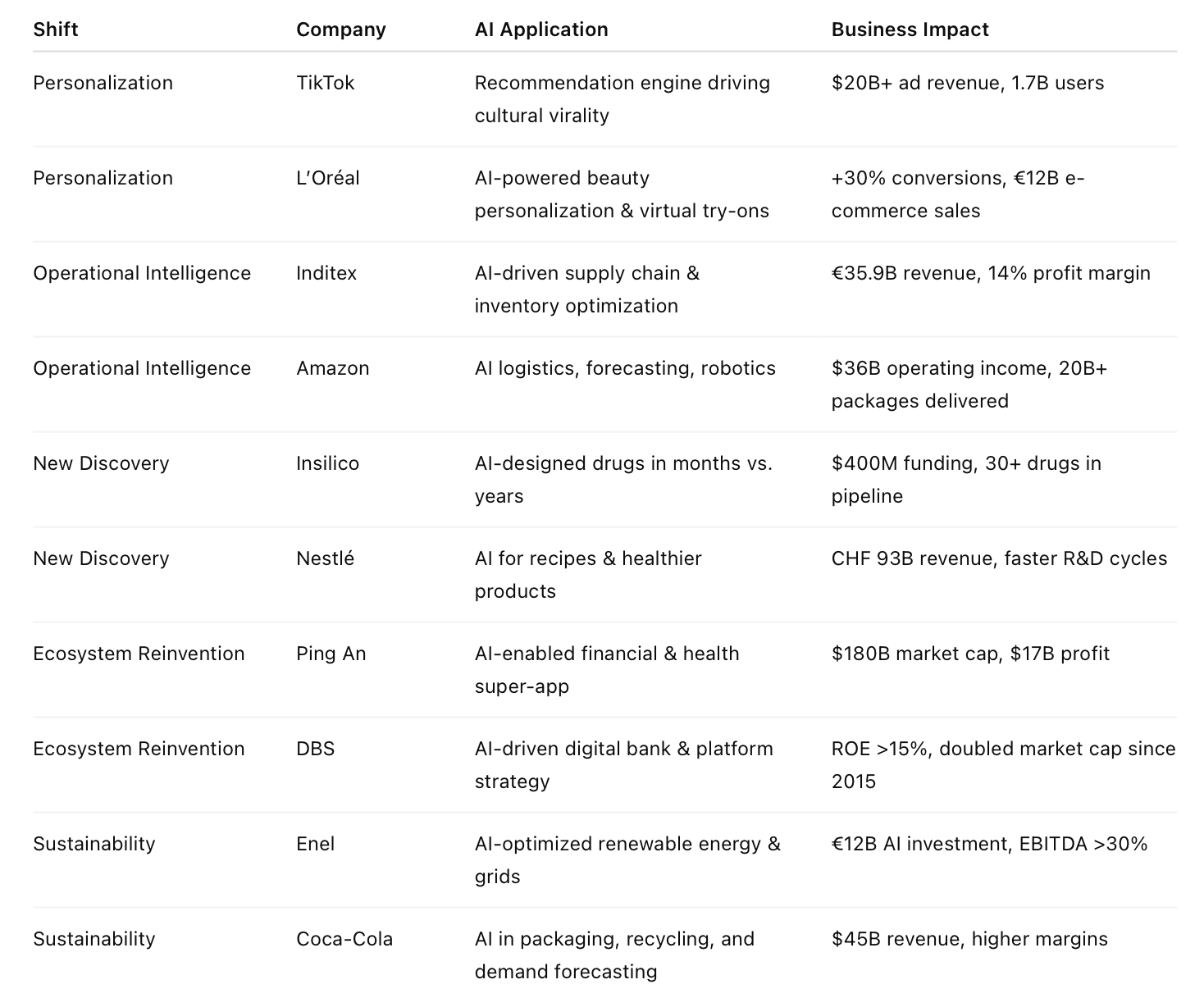Coca-Cola’s Y3000 initiative showcases how AI can drive both product innovation and consumer engagement. Using AI to analyze global preferences and emotions, the company created a futuristic limited-edition flavor, Y3000 Zero Sugar, designed to resonate with forward-looking consumers. The initiative also includes the AI-powered Y3000 CAM, an augmented reality feature that lets users scan packaging to unlock personalized visual experiences, deepening brand connection. Launched in select global markets, Y3000 positions Coca-Cola as a leader in integrating AI into product development and marketing, blending creativity, technology, and strategic market insight.
Reinventing Business with AI … the 5 big shifts enabled by AI that can reinvent every business … inspired by the innovative AI applications of TikTok and L’Oreal, Insilico to PingAn, Enel and Inditex, Amazon and Coca Cola
August 2, 2025
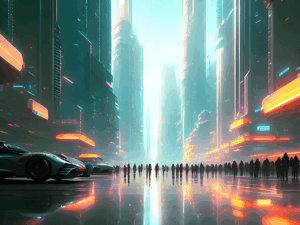
AI is no longer an experiment running in the backrooms of tech companies. Over the last two year it has become the new operating system for business — rewiring how organisations create, deliver, and capture value.
There are plenty of excited tech articles that will bamboozle you with complex terminology and mind-boggling systems. There are also plenty of dystopian societal views that will focus on ethics and regulation. The reality is that it’s here, rapidly accelerating, and we should be using it. Practically, usefully, creatively, now.
What’s striking is not just the speed of adoption but the variety of ways it’s being applied. Across industries, AI is creating five big shifts that are transforming customer experiences, business models, and ultimately performance.
-
AI-driven personalisation: Making every interaction smarter, faster, and more human, at scale.
-
AI-driven intelligence: Turning supply chains, stores, and logistics into living, adaptive systems.
-
AI-driven discovery: Unlocking ideas and innovations that humans alone could not find.
-
AI-driven ecosystems: Expanding the boundaries of what businesses can do by orchestrating services across industries.
-
AI-driven sustainability: Tackling the planet’s toughest challenges while improving efficiency and resilience.
Let’s dive into 10 companies who illustrate these shifts in action — from TikTok to Coca-Cola, Insilico to DBS — to see how AI is reshaping the future of business.

Shift 1: AI-driven personalisation
The future belongs to businesses that know customers better than they know themselves. AI-driven personalization uses deep learning to decode individual behaviors, predict needs, and serve up hyper-relevant experiences in real time.
TikTok: The algorithm that became culture
TikTok isn’t just an app, it’s a cultural engine. Its meteoric rise — to over 1.7 billion monthly active users by 2024 — is powered by a recommendation system that feels uncannily personal. Unlike platforms that depend on who you follow, TikTok’s For You Page uses AI to predict what you want to see next, based on every swipe, pause, replay, and share.
The scale of this intelligence is staggering: TikTok reportedly processes billions of data points daily, and its machine learning models can identify emerging trends in hours, not weeks. That’s why songs, memes, or micro-trends can go viral globally within a day.
The business impact? In 2023, TikTok’s ad revenue hit $20 billion, rivalling Meta’s Instagram. Brands are drawn to its ability to micro-target audiences not by demographics but by behavior — a 15-year-old sneakerhead in São Paulo and a 45-year-old fashion fan in Seoul might both see the same dance trend, personalized in context.
TikTok has shown that personalisation is no longer about segments of one, it’s about moments of one. And that redefines how consumer businesses think about engagement.
L’Oréal: Personalised beauty at scale
L’Oréal, the world’s largest beauty company, has turned AI into a makeover machine. For decades, beauty marketing was about broad categories: oily vs. dry skin, blonde vs. brunette hair. Today, L’Oréal uses AI to personalize beauty for millions of consumers worldwide.
Through its acquisitions of AI startups like ModiFace, L’Oréal enables customers to virtually try on lipstick shades, experiment with hair colors, and even simulate skincare outcomes. In 2022, over 1 billion consumers used its virtual try-on tools, either online or in stores.
Beyond front-end experiences, L’Oréal applies AI to product recommendations. Its “Perso” device, powered by machine learning, analyzes local environmental conditions (like humidity or pollution) and personal skin data to dispense customized skincare formulas at home.
The result? L’Oréal’s e-commerce sales have surged to 28% of total revenue (over €12 billion in 2023), with personalization tools shown to increase conversion rates by up to 30%. In a $600 billion beauty market, AI isn’t just a gimmick — it’s a profit driver.
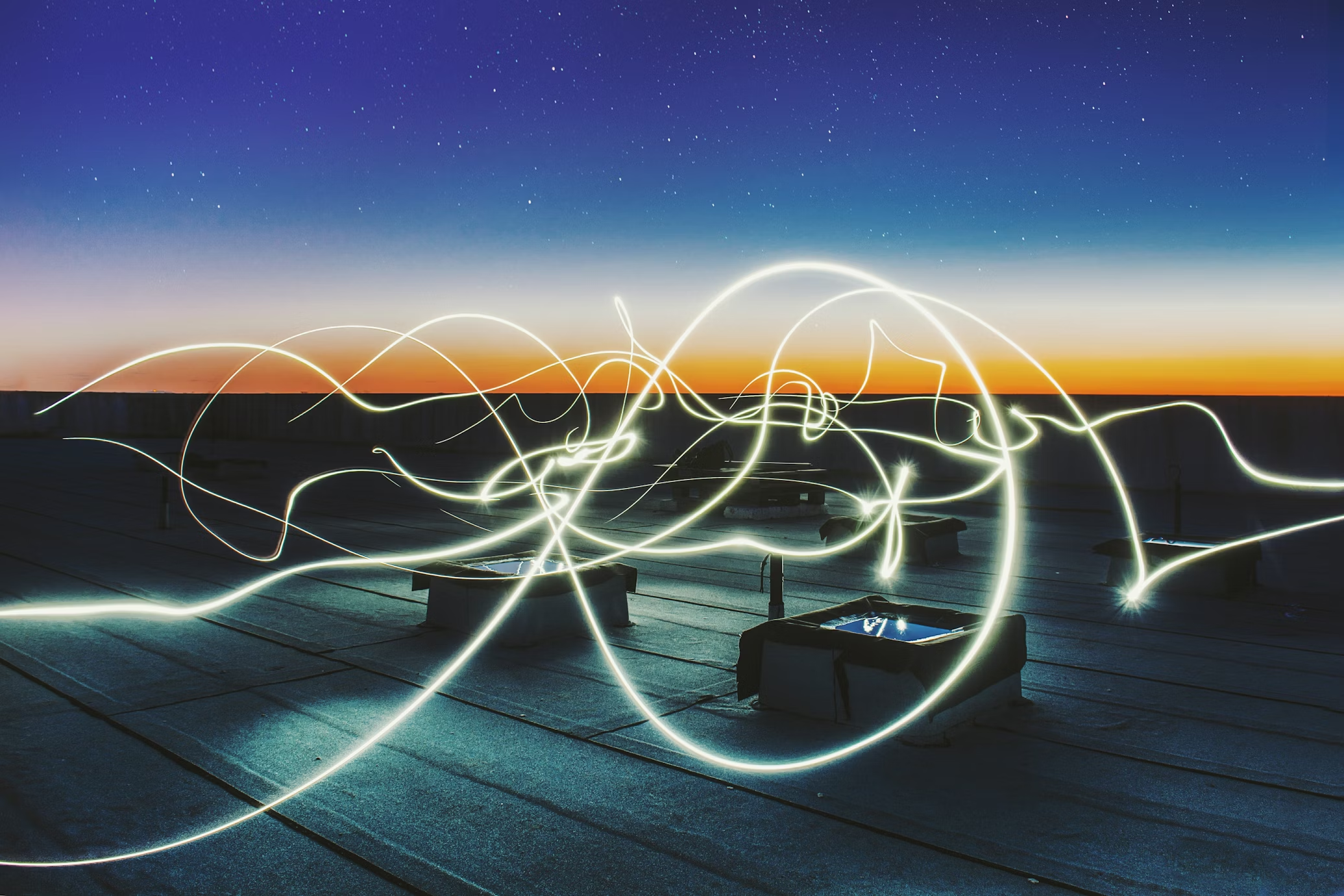
Shift 2: AI-driven intelligence
AI is turning operations into self-optimizing systems that respond to demand in real time. This isn’t just efficiency — it’s agility at scale.
Inditex: From fast fashion to smart fashion
Inditex, the parent of Zara, has long been admired for its “fast fashion” supply chain. Now it’s becoming “smart fashion.” The company uses AI to analyze real-time sales, social media trends, and store data to predict demand and optimize inventory.
For instance, AI models suggest which designs to push to which regions, ensuring that stock is continuously aligned with hyper-local tastes. Store managers input feedback daily into handheld devices, which feeds back to headquarters and AI systems. The turnaround from insight to action can be measured in days, not months.
Financially, this intelligence pays off: Inditex posted record revenues of €35.9 billion in 2023, with net profit margins rising to over 14%, outperforming rivals like H&M. AI-driven operational efficiency is part of why Zara can keep offering new products twice a week without drowning in unsold stock.
Amazon: The machine behind the marketplace
Amazon’s obsession with customers is powered by an equally intense obsession with AI. From the moment a shopper clicks “buy,” an invisible army of algorithms takes over: predicting what products to stock, where to place them, and how to ship them in the fastest and cheapest way.
The company uses machine learning for demand forecasting, robotics in warehouses, and AI-driven routing systemsthat save millions of miles in delivery journeys. In AWS, Amazon even sells its operational AI expertise to other firms.
The impact is measurable. Amazon’s logistics network can deliver over 20 billion packages annually, and its same-day or next-day delivery promise is only viable because AI makes fulfillment hyper-efficient. In 2023, despite rising costs, Amazon’s operating income rebounded to $36 billion, showing how AI-driven intelligence can protect margins in low-margin businesses.
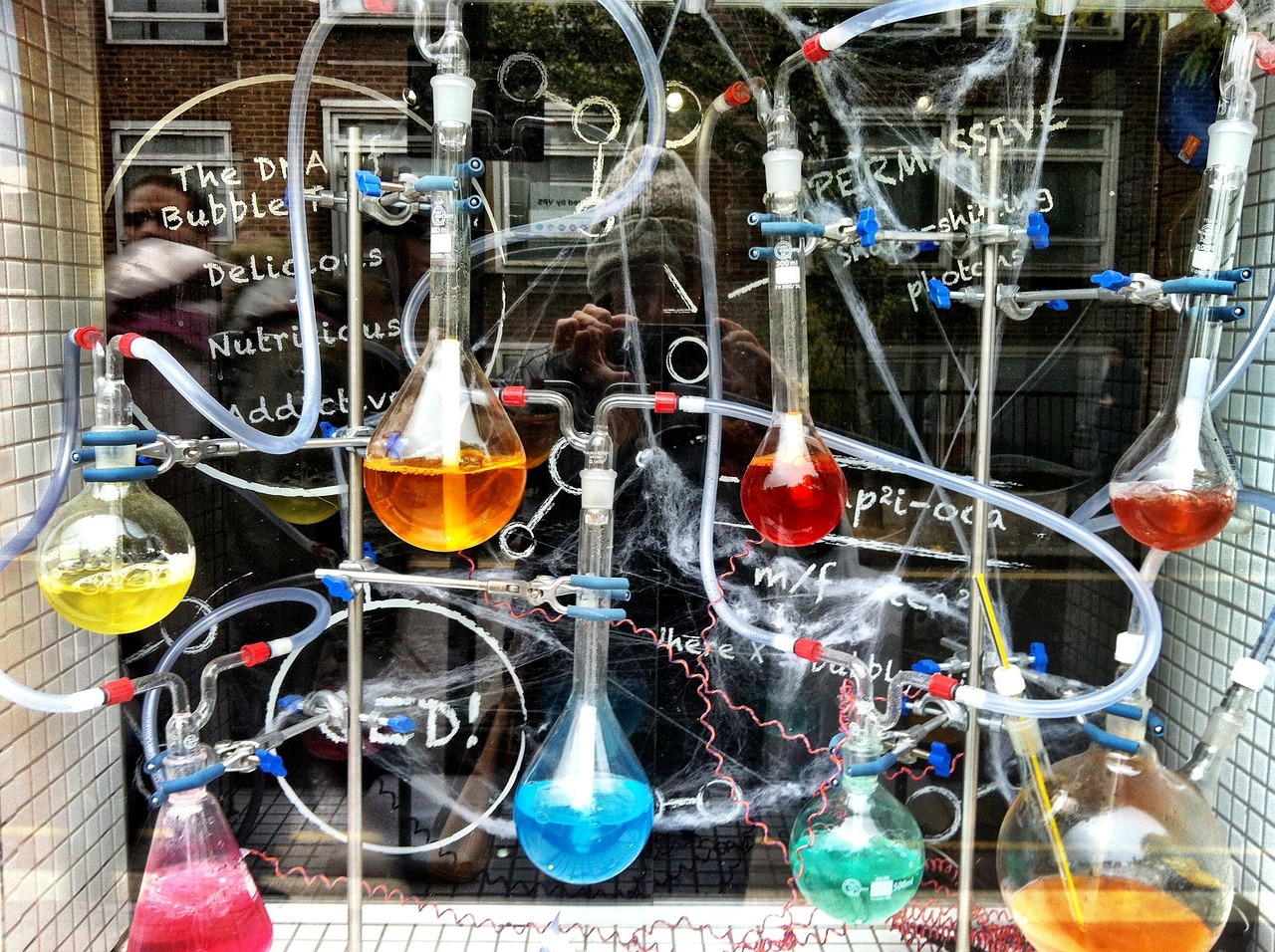
Shift 3: AI-driven discovery
AI doesn’t just optimise — it creates. By simulating, predicting, and experimenting at digital speed, AI unlocks new possibilities for innovation – ideas, communication, experiences and product development.
Insilico Medicine: AI as a drug hunter
Drug discovery is notoriously slow and expensive — often costing over $2 billion per drug and taking more than a decade. Insilico Medicine is flipping that script with AI.
The company’s AI platform, Pharma.AI, generates novel drug candidates by predicting how molecules will behave in the human body. In 2021, Insilico announced it had designed a new fibrosis drug in just 18 months at a cost of $2.6 million— a fraction of industry norms.
As of 2024, Insilico has 30+ drugs in its pipeline, with several in clinical trials. If successful, the approach could dramatically reduce healthcare costs and bring treatments to patients faster. Investors believe: Insilico has raised over $400 million and is valued above $1.5 billion.
Nestlé: Smart flavours and healthier foods
Food giants are also leaning on AI to innovate. Nestlé, the world’s largest food and beverage company, uses AI to develop new recipes, optimize flavors, and improve nutrition profiles.
For example, Nestlé’s AI systems analyze massive datasets of consumer taste preferences, ingredient interactions, and health outcomes to design products that are both delicious and healthier. One success was the reformulation of its popular chocolate bars, where AI suggested new combinations to cut sugar by 30% without altering taste.
AI also accelerates R&D. Nestlé’s R&D centers now use machine learning to predict consumer acceptance of new products before they hit the shelves, cutting months from the traditional product cycle. In 2023, the company posted revenues of CHF 93 billion, with innovation cited as a key growth driver in categories like plant-based foods and beverages.
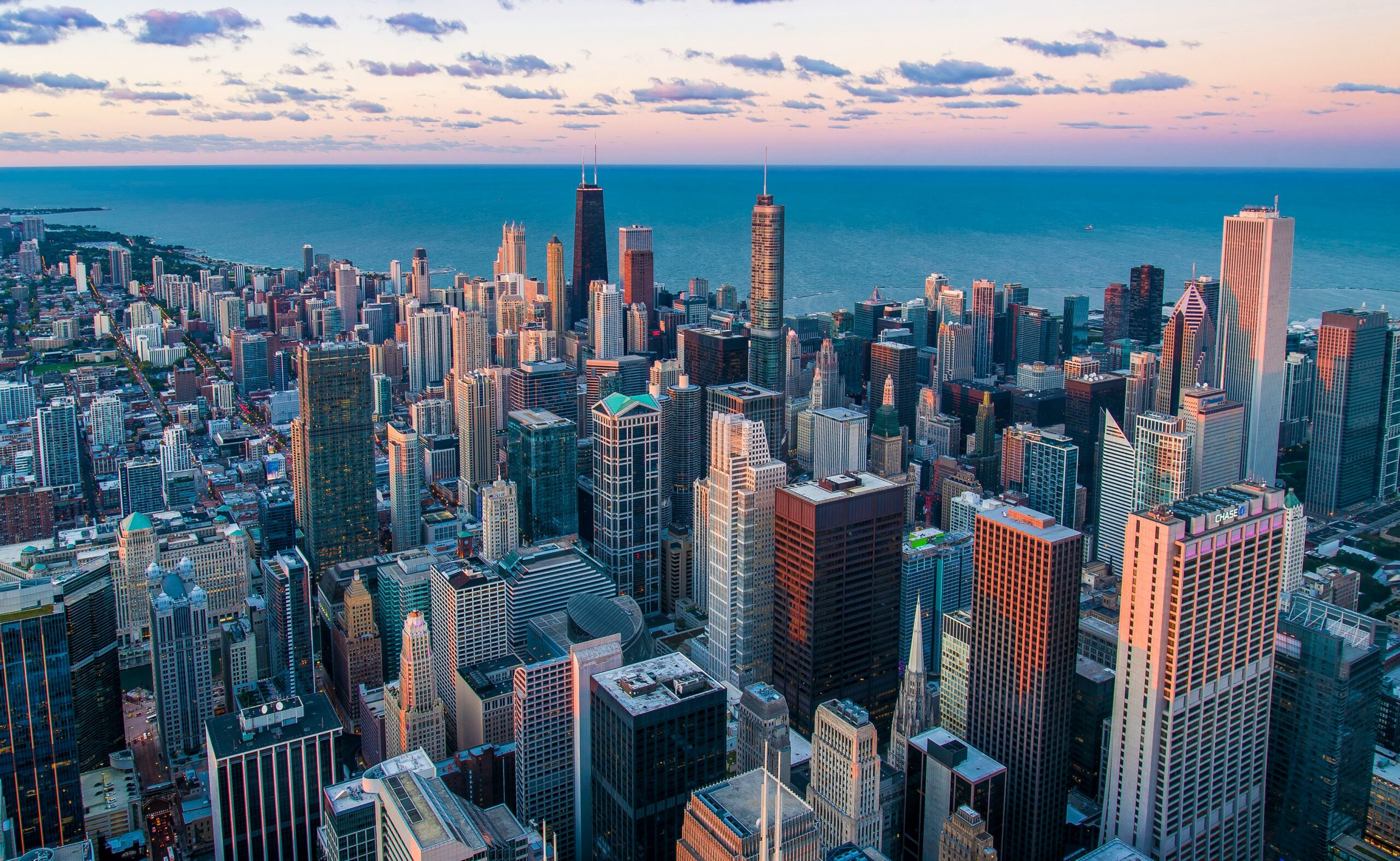
Shift 4: AI-driven ecosystems
The most ambitious use of AI is not within a single business but across ecosystems — creating new markets and redefining industries.
Ping An: From insurer to super-app
China’s Ping An began as an insurance company. Today, it’s a $180 billion market cap giant that runs one of the world’s most diverse financial ecosystems. AI is its glue.
Ping An’s platforms — from Good Doctor (healthcare) to Lufax (wealth management) — serve over 225 million customers. Its AI systems process 1.5 billion financial transactions daily and enable services like instant loan approvals, facial recognition-based insurance claims, and AI-powered medical consultations.
By using AI to orchestrate an ecosystem of adjacent services, Ping An has reduced churn, increased cross-selling, and positioned itself as a daily-life companion for millions. Its net profits hit $17 billion in 2023, a testament to the power of AI to scale ecosystems.
DBS Bank: Creating the invisible bank
Singapore’s DBS Bank, once seen as a bureaucratic state-owned lender, has been ranked as the world’s best bank for the last 6 years. AI is central to this transformation. DBS’ strategy, driven by CEO and former CTO Piyush Gupta, is to help people “live better, bank less”. What does this mean? Embedding banking into an ecosystem of life – travel, entertainment, retail and more.
AI has been critical to this transformation. DBS uses machine learning for fraud detection, personalized financial advice, and credit risk assessment. More radically, it embeds banking into customer journeys — from travel booking to ride-hailing — through ecosystem partnerships.
DBS’s digibank in India and Indonesia is almost fully AI-driven, serving millions of customers with minimal human intervention. Its efficiency has helped DBS achieve ROE above 15%, among the best in global banking, while market cap has more than doubled since 2015.

Shift 5: AI-driven sustainability
AI is also emerging as a force for good — making it possible to tackle environmental challenges while improving performance.
Enel: Smarter, cleaner energy
Italian utility giant Enel operates in over 30 countries, managing one of the world’s largest renewable energy portfolios. AI helps it balance supply and demand, optimize grid performance, and reduce carbon emissions.
Enel’s AI systems forecast energy demand in real time and adjust renewable energy inputs, ensuring grid stability. Predictive maintenance powered by AI reduces downtime in wind and solar farms, saving millions annually.
Financially, Enel’s embrace of AI-enabled renewables has driven strong growth: it invested €12 billion in digital and AI upgrades as part of its decarbonization plan, while maintaining EBITDA margins above 30%.
Coca-Cola: Smarter Packaging and Supply Chains
Coca-Cola may sell a 100-year-old product, but it’s using AI to reinvent sustainability. The company uses AI to design lighter bottles, optimize recycling systems, and reduce its carbon footprint. For example, Coca-Cola’s AI-driven demand forecasting reduces overproduction, saving on both costs and emissions. Its collaboration with AI startup Circularity Informatics helps analyze recycling streams, increasing plastic recovery rates.
In 2024, Coca-Cola reported over $45 billion in revenues and highlighted digital and AI-driven efficiencies as a contributor to improved operating margins. By aligning sustainability with profitability, Coca-Cola shows how AI can make doing good, good for business.
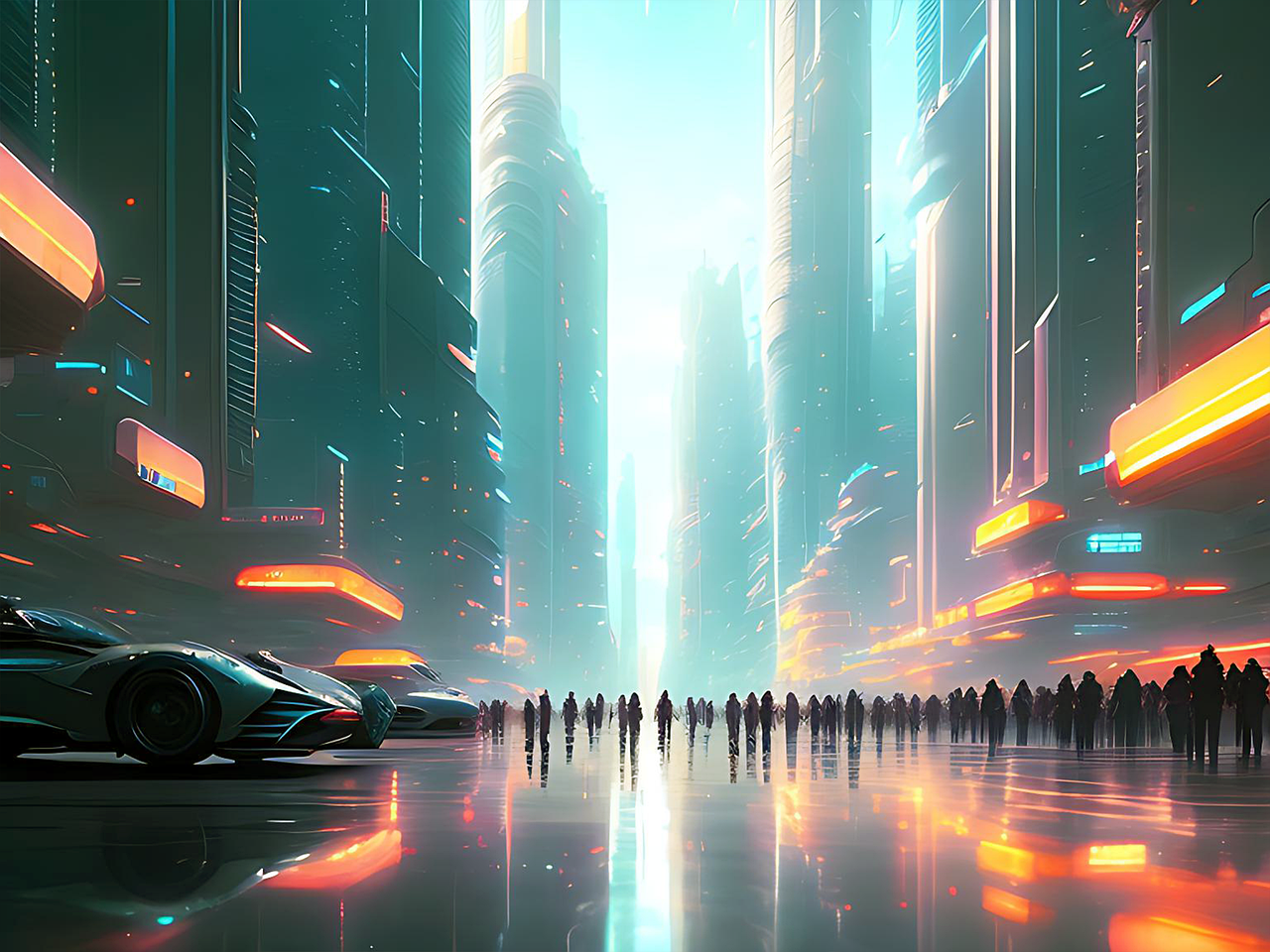
AI-driven business reinvention
Across industries, AI is no longer about efficiency or novelty. It’s about reinvention.
These five shifts show how businesses can:
-
Build intimacy with customers at massive scale (personalization).
-
Run operations that adapt in real time (operational Intelligence).
-
Create products that leapfrog human imagination (new discovery).
-
Expand into ecosystems that reshape industries (ecosystem reinvention).
-
Drive sustainability as both purpose and profit (sustainability acceleration).
Here’s a summary:
The companies leading these shifts are already reaping the rewards in profitability, market cap, and cultural relevance. The question for leaders everywhere is not whether to adopt AI — but whether they are bold enough to reinvent their business with it.
More from the blog
